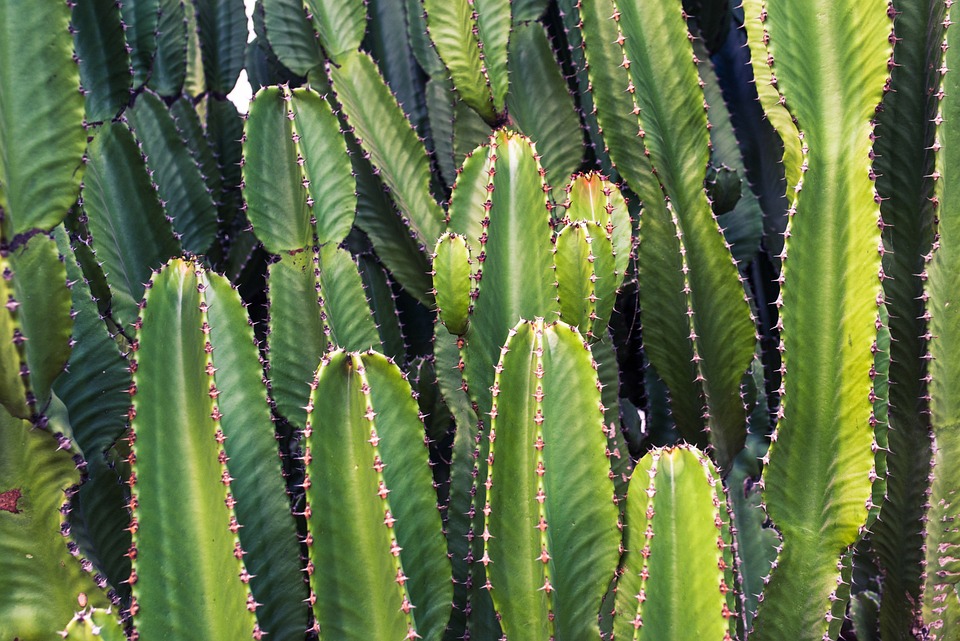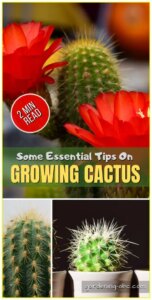When envisioning the arid landscapes of deserts, one might immediately picture the iconic cactus—a succulent plant characterized by its spiny exterior and vivid, exotic blooms. However, the plant kingdom is replete with flowering species that evoke the cactus’s unique aesthetic while offering their own distinctive charm. This article delves into remarkable flowering plants that bear a striking resemblance to these prickly wonders, showcasing their intriguing characteristics and aesthetic appeal.
Before embarking on a journey through these fascinating specimens, it’s essential to understand what makes a plant resemble a cactus. Most importantly, we will explore houseplants and garden favorites, highlighting those that boast similar forms or spiny textures yet delight us with vibrant blossoms. The allure lies in their adaptability, resilience, and dazzling displays of color that can rival even the most celebrated desert blooms.
Embrace the wondrous world of flowering plants that share the spiky stature of cacti while enchanting the observer with their rich tapestry of colors and forms. Explore below some stunning examples that speak to nature’s creativity.
The Echinopsis: The Flowering Cacti Resemblers
The Echinopsis genus introduces us to a fascinating world of cacti that flower spectacularly. The most notable among them is the Echinopsis oxygona, often referred to as the hedgehog cactus. While traditionally viewed as a true cactus, its flower has an illustrious appearance that allows it to stand alongside many flowering plants. The blooms of Echinopsis can reach up to five inches across and span a wide color palette ranging from radiant pinks to bright yellows. The striking contrast between its typically green, spiny exterior and the luscious flowers creates a breathtaking visual impact.
Not only are these blooms enchanting, but the Echinopsis family includes many hybrids that result in even more extravagant flowers. This diversity of appearance mirrors the vastness of the cactus family, intertwining their identity with the broader botanical spectrum. For those seeking a similar aesthetic yet desiring the vibrant flowers typically absent in classic cacti, the Echinopsis offers a splendid compromise.
Crassula Ovata: The Jade Plant’s Floral Attributes
Known more commonly as the jade plant, Crassula ovata is a prominent succulent that often serves as a houseplant due to its compelling aesthetics and ease of care. While it does not have the spines commonly associated with cacti, its succulent leaves in tightly packed formations resonate with the general morphology found in cacti. During the spring, jade plants produce clusters of star-shaped flowers that bloom in delicate white to rosy hues.
The juxtaposition of the jade plant’s luscious, glossy leaves with the ethereal beauty of its blooming flowers creates a harmonious allure. The flowers evoke the intricate blooms of cacti while providing an entirely different sensory experience. Not only does the jade plant offer visual delight, but it’s also thought to be a symbol of good fortune, making it an ideal addition to any household.
Semprevivum: The Resilient House Leek
Semprevivum, commonly known as hens and chicks, is another extraordinary genus that boasts remarkable flowers while reminding one of cacti. These hardy perennials flourish in rocky environments and show remarkable resilience against harsh conditions. Their rosettes of fleshy, thick leaves mimic the structure of many cacti while providing a stunning visual foundation.
In summer, sempervivum produces vibrant star-like flowers atop tall, thin stalks. These flowers bloom in various colors, such as red, pink, and yellow, resembling the dazzling array of colors typical of cactus flowers. When in bloom, the contrast between the dense foliage and the movement of the flowers creates a captivating sight that is both intriguing and visually stunning.
Additionally, sempervivum’s low maintenance requirements and ability to thrive in poor, rocky soils make it an excellent choice for gardeners looking to evoke a desert-like atmosphere without the need for extreme conditions.
The Astrophytum: Ornate Beauty in Texan Landscapes
This interesting genus encapsulates nature’s artistry; Astrophytum species exhibit a shape akin to traditional cacti, characterized by their ribbed and often spiny exterior. The unique star shape of many Astrophytum cacti produces flowers that bloom closely aligned to their top, revealing vibrant colors and intricate textures that rival any floral species. The yellow and white flowers with their intricate patterns are a feast for the eyes, merging the world of flowering plants with traditional cacti.
Beyond their aesthetic appeal, Astrophytum plants showcase a sustainable adaptability to arid environments, much like their other succulent counterparts. Their physical appearance, combining spines, ribs, and floral beauty, provokes intrigue and admiration, making them an excellent focal point for any garden or plant collection.
Conclusion: The Intriguing Intersection of Cacti and Their Flowering Resemblers
The flowering plants that resemble cacti represent both a celebration of nature’s diversity and a testament to the aesthetic capabilities of the plant world. Their attractive characteristics and unique blends of floral beauty open the door for decorative and functional uses in gardens, homes, and landscapes. As such, these plants not only serve as conversation starters but also offer intriguing insights into our ecosystem.
The allure of flowers resembling cacti lies in their ability to transcend traditional plant categorizations, merging contrasts seamlessly. The captivating blooms and fascinating structures of the Echinopsis, Crassula ovata, sempervivum, and Astrophytum not only enchant but also challenge our perceptions of beauty in the plant kingdom. As gardening enthusiasts and succulent lovers continue to explore these remarkable flowering species, they simultaneously cultivate an appreciation for the lavish diversity present in our natural world.





Leave a Comment